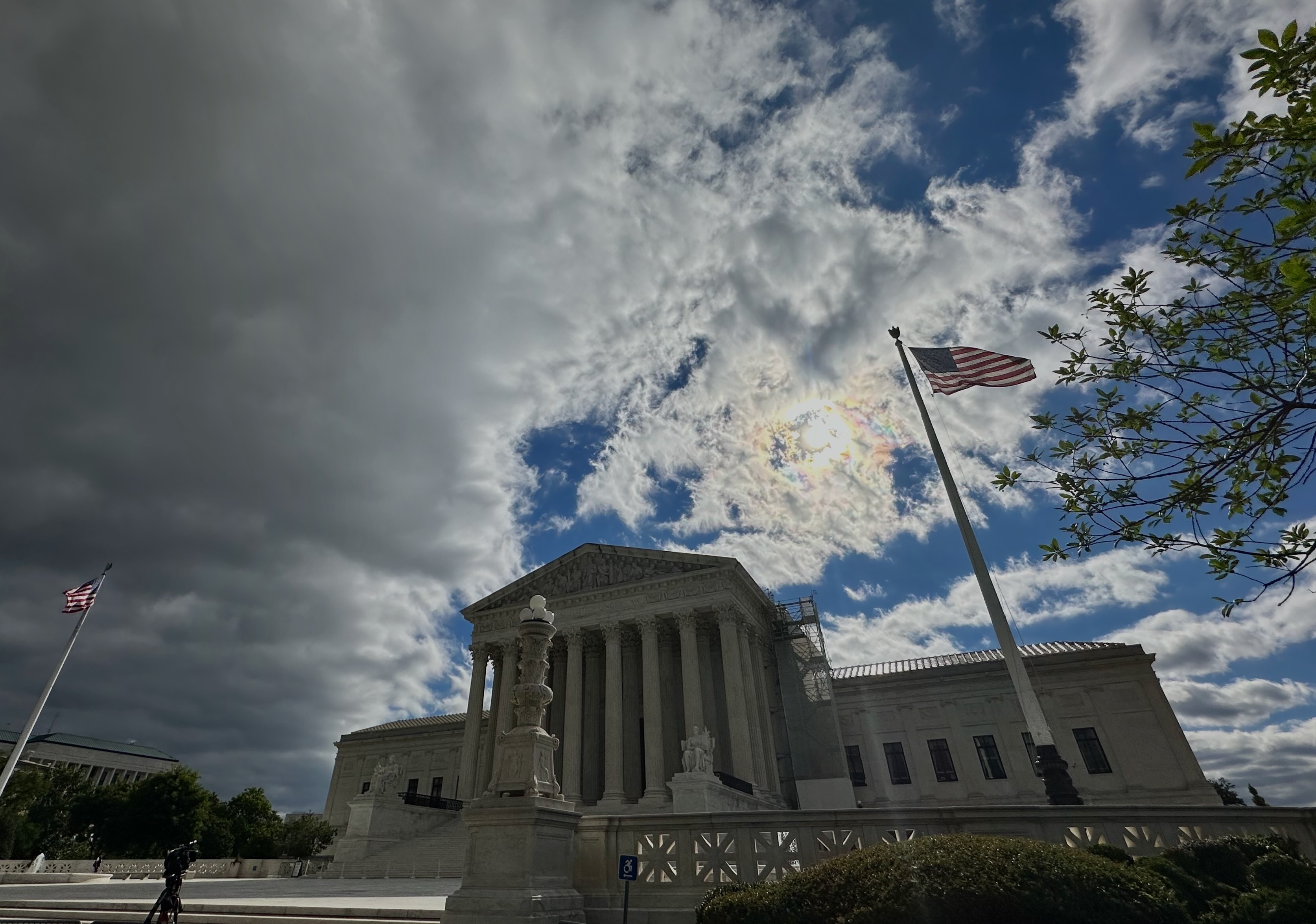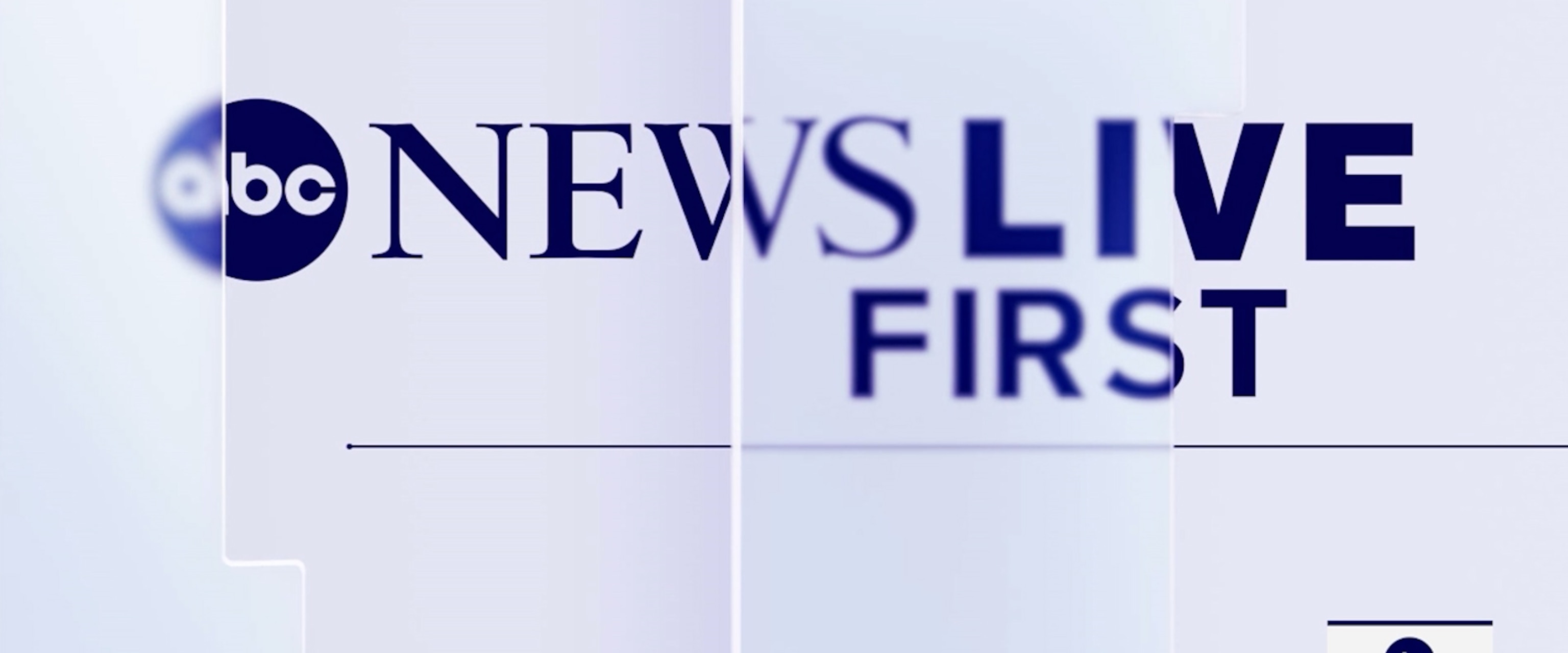Supreme Court Ruling on Foreign Aid and its Implications for Sustainable Development Goals
A United States Supreme Court decision has permitted the temporary withholding of nearly $4 billion in foreign assistance, a move with significant negative implications for the advancement of the Sustainable Development Goals (SDGs) in recipient nations. The ruling pauses a lower court order that would have compelled the release of the funds before the end of the fiscal year, effectively jeopardizing programs crucial for achieving the 2030 Agenda.
Executive Action and its Direct Challenge to Global Partnerships (SDG 17)
Presidential Directive on Foreign Assistance
The funding freeze originated from an executive order directing that all U.S. foreign assistance must be fully aligned with the administration’s “America First” foreign policy. This directive initiated a comprehensive review of all foreign aid programs administered by the State Department and the U.S. Agency for International Development (USAID).
Freezing of Funds and Immediate Impact on SDG Programs
- The Secretary of State subsequently froze all foreign aid funding pending the review.
- This action directly undermines the principles of SDG 17 (Partnerships for the Goals), which relies on international cooperation and consistent development financing.
- The halt in funding created immediate uncertainty for non-governmental organizations and partners implementing critical development projects on the ground.
Judicial Proceedings and the Contestation over Development Funding
Initial Legal Challenges and Lower Court Rulings
- Several non-profit organizations, whose work directly supports various SDGs, initiated a legal challenge against the funding freeze in federal court.
- U.S. District Judge Amir Ali ruled that the funding freeze likely violated federal law and ordered the administration to commit to spending the funds appropriated by Congress.
- The administration repeatedly appealed to the Supreme Court to block the lower court’s orders, arguing that the judiciary was infringing on executive authority in foreign policy.
Supreme Court Intervention
In a brief, unsigned order, the Supreme Court granted the administration’s request for a stay, pausing the lower court’s ruling. The decision effectively allows the funds to remain frozen and likely expire, preventing their use for their intended development purposes.
Potential Repercussions for Key Sustainable Development Goals
Impact on Health and Well-being (SDG 3)
- Plaintiffs in the case included the AIDS Vaccine Advocacy Coalition, highlighting the direct threat to global health initiatives.
- The withholding of funds jeopardizes programs aimed at combating infectious diseases, strengthening healthcare systems, and improving maternal and child health, all central tenets of SDG 3 (Good Health and Well-being).
Setbacks for Poverty and Hunger Alleviation (SDG 1 & SDG 2)
- A significant portion of foreign assistance is allocated to programs designed to eradicate extreme poverty and combat hunger.
- The loss of $4 billion in funding represents a major setback for progress on SDG 1 (No Poverty) and SDG 2 (Zero Hunger), potentially reversing gains in food security and economic stability for vulnerable populations.
Broader Implications Across the 2030 Agenda
The funding freeze has cascading negative effects on a wide range of interconnected goals, including:
- SDG 4 (Quality Education)
- SDG 5 (Gender Equality)
- SDG 6 (Clean Water and Sanitation)
- SDG 10 (Reduced Inequalities)
Legal Rationale and Dissenting Opinions on Institutional Integrity (SDG 16)
The Administration’s Argument
The executive branch’s legal position centered on the separation of powers and the Impoundment Control Act. The administration argued that:
- It had proposed that Congress rescind the $4 billion in funds.
- Under the Act, funds can be frozen for up to 45 days while Congress considers such a proposal.
- This legal framework, they contended, prevented them from complying with the court’s order to spend the money.
Dissenting View on the Rule of Law and Congressional Authority
A dissenting opinion, authored by Justice Elena Kagan, argued that the court’s emergency relief was inappropriate and would cause the funds to be lost “for all time.” The dissent raised critical questions related to SDG 16 (Peace, Justice and Strong Institutions) by highlighting:
- The dispute over the allocation of power between the Executive and Congress regarding public funds.
- The concern that the court was acting hastily on a complex legal question without sufficient deliberation.
- The risk of undermining the established process of congressional appropriation and the rule of law governing public expenditure.
Analysis of SDGs, Targets, and Indicators
1. Which SDGs are addressed or connected to the issues highlighted in the article?
- SDG 1: No Poverty
- SDG 3: Good Health and Well-being
- SDG 16: Peace, Justice and Strong Institutions
- SDG 17: Partnerships for the Goals
2. What specific targets under those SDGs can be identified based on the article’s content?
-
SDG 1: No Poverty
- Target 1.a: Ensure significant mobilization of resources from a variety of sources, including through enhanced development cooperation, in order to provide adequate and predictable means for developing countries, in particular least developed countries, to implement programmes and policies to end poverty in all its dimensions.
Explanation: The article discusses the withholding of “$4 billion in foreign-aid funding” that Congress had allocated. This funding represents a significant mobilization of resources intended for development cooperation, and its freeze directly impacts the implementation of anti-poverty programs in recipient countries.
- Target 1.a: Ensure significant mobilization of resources from a variety of sources, including through enhanced development cooperation, in order to provide adequate and predictable means for developing countries, in particular least developed countries, to implement programmes and policies to end poverty in all its dimensions.
-
SDG 3: Good Health and Well-being
- Target 3.3: By 2030, end the epidemics of AIDS, tuberculosis, malaria and neglected tropical diseases and combat hepatitis, water-borne diseases and other communicable diseases.
Explanation: The plaintiffs challenging the funding freeze include non-profits such as the “AIDS Vaccine Advocacy Coalition” and the “Global Health Council.” This directly implies that the frozen foreign aid was intended for global health initiatives, including those aimed at ending epidemics like AIDS. - Target 3.b: Support the research and development of vaccines and medicines for the communicable and non-communicable diseases that primarily affect developing countries, provide access to affordable essential medicines and vaccines.
Explanation: The involvement of the “AIDS Vaccine Advocacy Coalition” as a plaintiff suggests that part of the withheld funds was likely designated for research and development related to vaccines, specifically for diseases that disproportionately affect developing nations.
- Target 3.3: By 2030, end the epidemics of AIDS, tuberculosis, malaria and neglected tropical diseases and combat hepatitis, water-borne diseases and other communicable diseases.
-
SDG 16: Peace, Justice and Strong Institutions
- Target 16.6: Develop effective, accountable and transparent institutions at all levels.
Explanation: The entire article revolves around a legal dispute concerning the separation of powers and institutional accountability within the U.S. government. The conflict between the executive branch’s desire to freeze funds, Congress’s power of appropriation, and the judiciary’s role in interpreting the law (specifically the “Impoundment Control Act”) is a direct reflection of the functioning and accountability of national institutions. Justice Kagan notes, “At issue is the allocation of power between the Executive and Congress over the expenditure of public monies.”
- Target 16.6: Develop effective, accountable and transparent institutions at all levels.
-
SDG 17: Partnerships for the Goals
- Target 17.2: Developed countries to implement fully their official development assistance commitments.
Explanation: The article details the Trump administration’s attempt to withhold foreign aid funds that “Congress had allocated.” This represents a failure to fully implement a developed country’s Official Development Assistance (ODA) commitment as legislated by its own government. The executive order to reevaluate aid “not fully aligned with the foreign policy of the President” is a direct challenge to these established commitments.
- Target 17.2: Developed countries to implement fully their official development assistance commitments.
3. Are there any indicators mentioned or implied in the article that can be used to measure progress towards the identified targets?
-
For Target 1.a and 17.2
- Indicator: The total dollar amount of Official Development Assistance (ODA) committed and disbursed.
Explanation: The article explicitly mentions the specific financial figures involved. It states the administration sought to withhold “nearly $4 billion in foreign-aid funding” and that it would still spend “approximately $6.5 billion in other foreign-aid funding.” These figures are direct quantitative measures of ODA, which is the primary indicator for these targets. The withholding of the $4 billion is a negative indicator of progress.
- Indicator: The total dollar amount of Official Development Assistance (ODA) committed and disbursed.
-
For Target 3.3 and 3.b
- Indicator: Amount of financial resources allocated to global health programs and vaccine research.
Explanation: While the article does not break down the $4 billion by sector, the presence of plaintiffs like the “AIDS Vaccine Advocacy Coalition” and “Global Health Council” strongly implies that a significant portion of these funds was allocated to health-related programs. The freezing of these funds serves as an indicator of a reduction in financial resources for combating diseases like AIDS and supporting vaccine development.
- Indicator: Amount of financial resources allocated to global health programs and vaccine research.
-
For Target 16.6
- Indicator: Existence of and adherence to legal frameworks ensuring checks and balances on executive power, such as budget and impoundment laws.
Explanation: The article’s focus on the legal challenge to the funding freeze under the “Impoundment Control Act” serves as a qualitative indicator. The lawsuit itself, and the Supreme Court’s deliberation on whether the executive branch complied with the law, is a measure of how institutional accountability is being tested and enforced. The contention that the administration did not follow the procedures in the Act is an indicator of a potential breakdown in institutional transparency and accountability.
- Indicator: Existence of and adherence to legal frameworks ensuring checks and balances on executive power, such as budget and impoundment laws.
4. SDGs, Targets and Indicators Table
| SDGs | Targets | Indicators |
|---|---|---|
| SDG 1: No Poverty | 1.a: Ensure significant mobilization of resources… to provide adequate and predictable means for developing countries… to implement programmes and policies to end poverty. | The amount of foreign aid funding committed for development cooperation (the article specifies “$4 billion” being withheld). |
| SDG 3: Good Health and Well-being | 3.3: End the epidemics of AIDS… and other communicable diseases.
3.b: Support the research and development of vaccines and medicines… |
The amount of financial resources allocated to global health programs, implied by the involvement of the “AIDS Vaccine Advocacy Coalition” and “Global Health Council” as plaintiffs. |
| SDG 16: Peace, Justice and Strong Institutions | 16.6: Develop effective, accountable and transparent institutions at all levels. | The existence of a legal challenge regarding the executive branch’s adherence to appropriations laws, specifically the “Impoundment Control Act,” as a measure of institutional checks and balances. |
| SDG 17: Partnerships for the Goals | 17.2: Developed countries to implement fully their official development assistance commitments. | The total dollar amount of Official Development Assistance (ODA) committed versus disbursed by a developed country (the article cites “$4 billion” in congressionally-appropriated funds being frozen by the executive). |
Source: scotusblog.com







